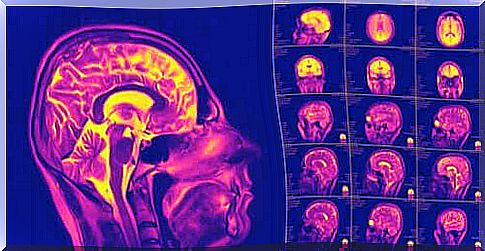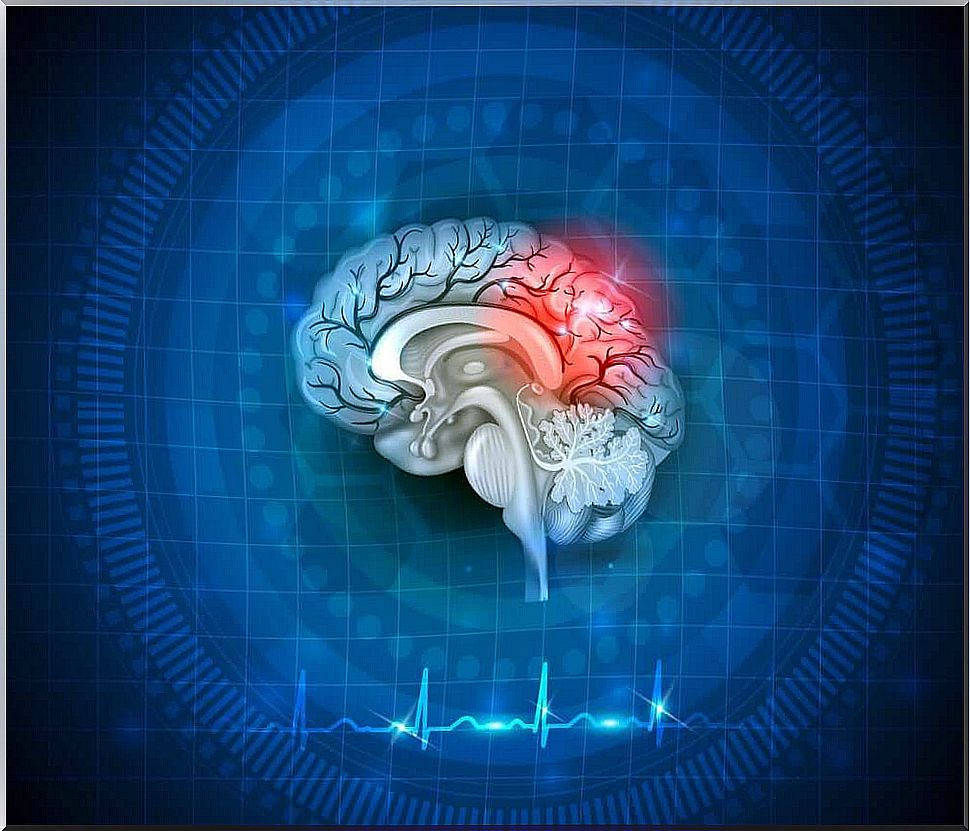What Does Neuroplasticity Mean?
Neuroplasticity is fundamental in therapies and rehabilitation after a brain injury in order to regain certain cognitive functions.

The neuroplasticity , or brain plasticity is one of the most important discoveries of recent decades about the human body. Scientists have found that our brains have the ability to change and adapt to new stimuli or experiences at any age.
Until recently it was believed that neural connections can only be generated and changed in childhood. This means that it was generally assumed that the change or formation of neural networks through new experiences or learning processes in adulthood is no longer possible.
But the truth looks completely different and gives many people hope: Researchers have been able to prove that our brain has the ability to regenerate at any age , not only anatomically, but also functionally. It can create new neural connections over the course of its entire lifespan and adapt its structure and functions to changing environmental conditions.
This is known as neuroplasticity. This allows the brain to recover from certain injuries or disorders. In today’s post you will learn interesting things about this ability of our brain and you will become aware of how important brain plasticity is for our lives.
Neuroplasticity: what is it?
Until recently, it was believed that nervous tissue can only change and develop in childhood. This assumption led to the belief that regeneration after a brain injury is impossible. But in recent years scientists have been able to show that this is not true.
Neuroplasticity is the ability of our nerve cells to regenerate at any age, both anatomically and functionally. This process involves numerous biochemical and metabolic reactions, but it gives us a huge potential to adapt to new situations.
Our nervous system is therefore able to establish new neural connections when it receives new stimuli and information, or when old neural connections have been damaged.
Investigations in this area began as early as the 1960s. Researchers observed the effects of a stroke on people who then recovered from the injuries.
Imaging methods and stimulation of these patients were ultimately able to demonstrate neuroplasticity. Further research on the exact mechanisms that are used is currently being carried out at various research institutions.

How does neuroplasticity work?
A synapse is the term used to describe the communication between two nerve cells. At birth, the number of synapses in the brain is still very low. It is estimated that there are only about 2500 synapses. But over time we develop almost 10,000 synapses on every nerve cell.
This is because we have new experiences and go through learning processes. This leads to new neural connections, which are additionally strengthened when activated several times. But those connections that are not used become weaker or disappear completely.
Neuroplasticity, however, enables us to create new synapses or strengthen existing neural connections through stimulation, for a lifetime. Different molecular and chemical processes play an important role here.
So when we acquire new knowledge, we strengthen our neural networks or establish new connections. The main mechanisms that make this neuroplasticity possible are:
- The nerve cell is activated by various processes in which the balance between the ions inside and outside the neurons is restored.
- Partly damaged parts of the nerve cells are repaired, especially in the axons (nerve cell processes).
- Inactive connections are activated.
The chemical and molecular reactions that make neuroplasticity possible are very complex. The end result, however, is greater numbers of neural members and neural connections.

Why is this process so important?
Neuroplasticity is very important in therapeutic treatment in particular. After researchers were able to demonstrate the possibility of adaptation and regeneration of neural networks, it turned out that many brain injuries can also be treated. By creating new neural connections, certain damaged functions can be regained.
Research is therefore particularly examining various therapeutic approaches for treating traumatic injuries. However, other diseases can also benefit from the stimulation of neuroplasticity, for example:
- Obsessive-compulsive disorders
- Different types of schizophrenia
- Attention deficit and hyperactivity
Further studies of brain plasticity are needed and should be encouraged. The aim is to develop new therapeutic methods to stimulate the formation of new neuronal connections after various diseases and thus improve the quality of life of patients.









